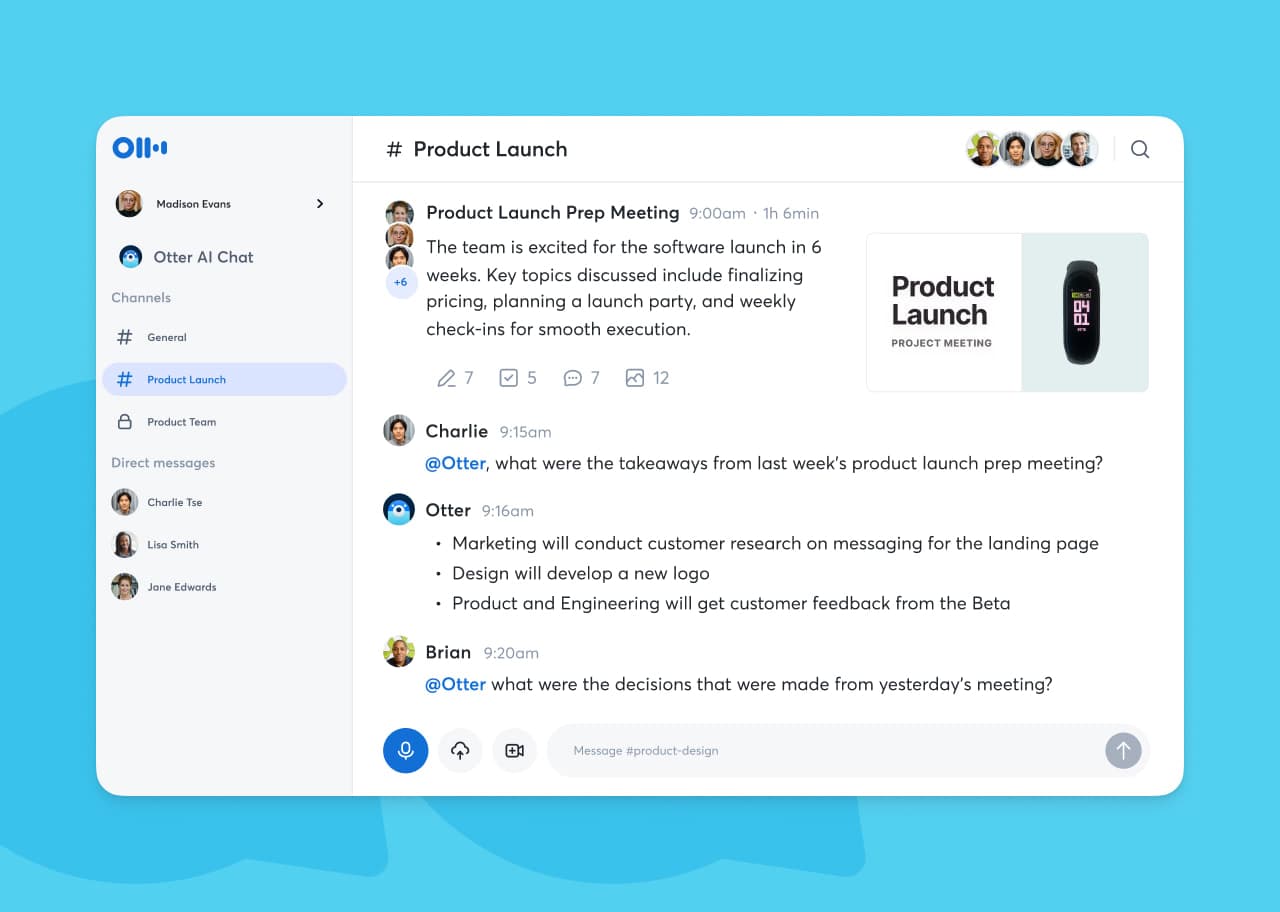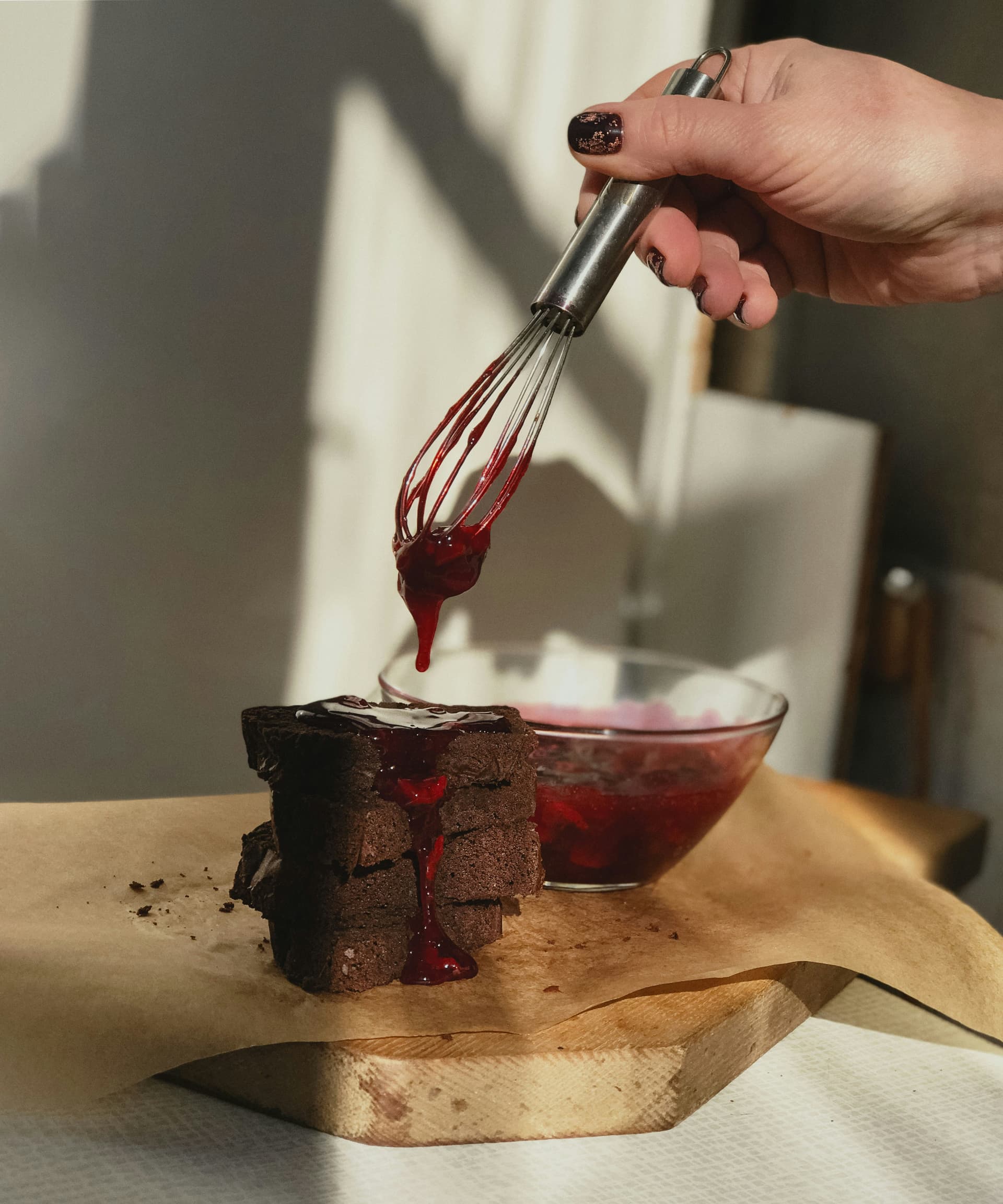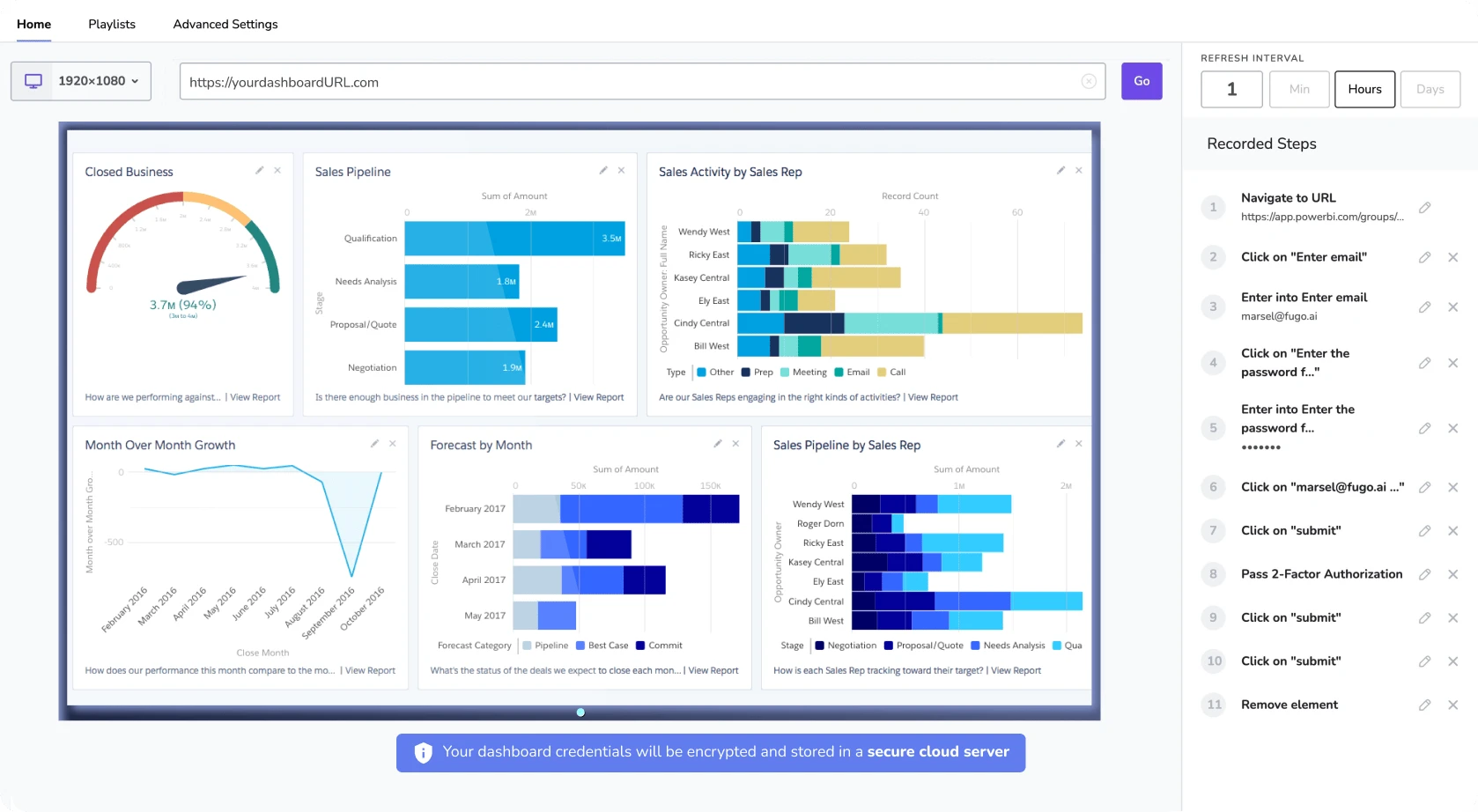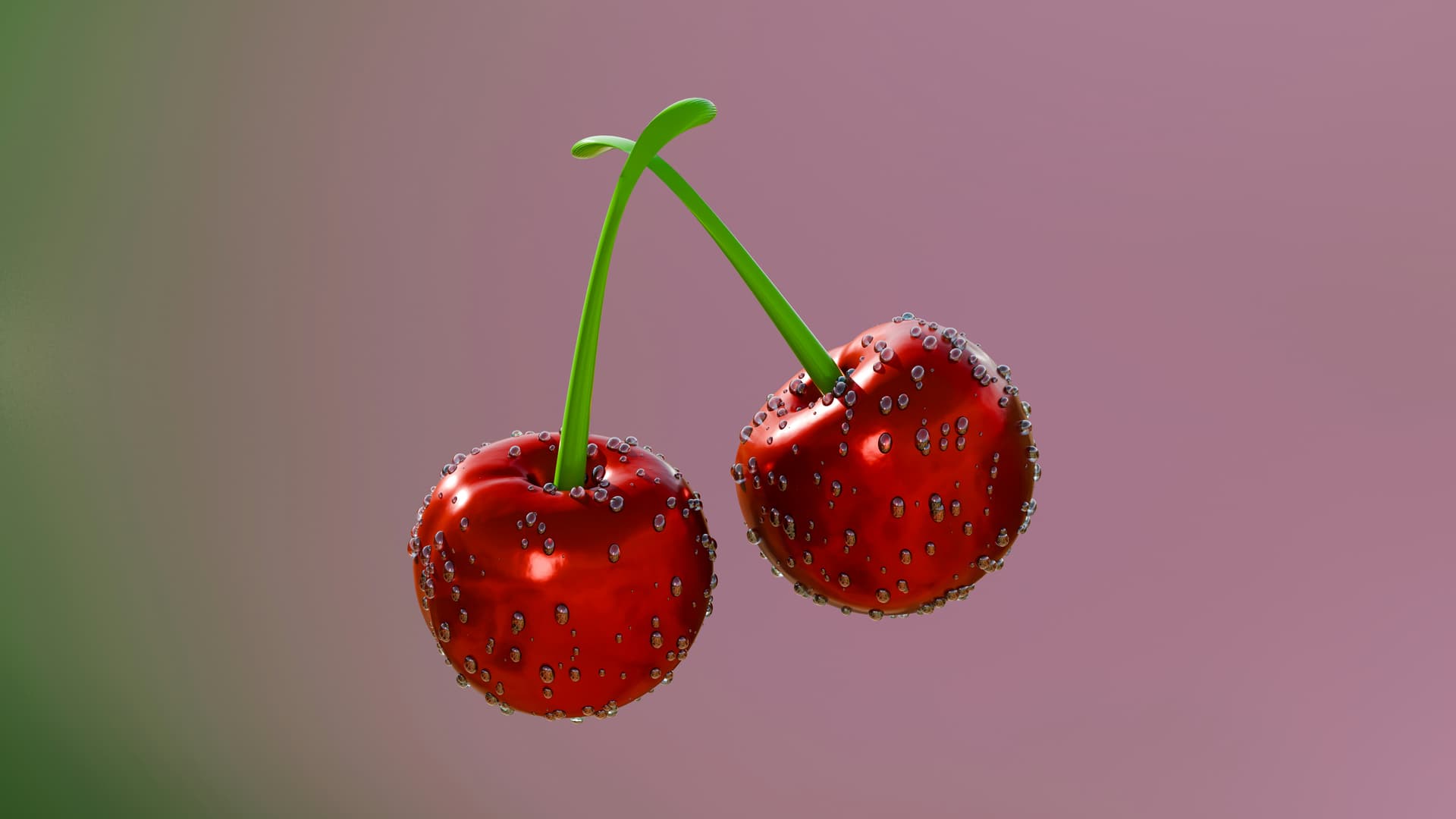August 4, 2025
•5 min read
The Double Diamond is Dead (Multi-Layer Cake Framework)
AI changed everything. Your design process needs to change too. Say goodbye to the Double Diamond and hello to the Multi-Layer Cake Framework — a flexible new framework for designing at the speed of artificial intelligence.

Remember the Double Diamond?
Of course, you do.
It’s the comfortable old sweater of design frameworks.

You’ve probably got a diagram of it pinned up somewhere, a relic from a simpler time when “user-centric” was a radical idea and our biggest worry was whether to use a hamburger menu.
Let's be honest, the Double Diamond is getting a little long in the tooth.
It's the design equivalent of a flip phone – it was great in its day, but now it just feels quaint.
In the age of AI, we need something more...
dynamic.
Something that can keep up with the pace of change.
The Problem with Nostalgia
The Double Diamond, for all its elegant simplicity, was built for a world that no longer exists. It assumes a linear process, a world where you can neatly separate "problem" from "solution."
But we all know that's not how it works. The real world is messy, chaotic, and full of surprises.
And then along came AI, the ultimate agent of chaos. Suddenly, we have tools that can generate ideas, write code, and even create designs from scratch. The old way of doing things just can't keep up.
Enter the Multi-Layer Cake Framework
So, what's a designer to do? Wring our hands and wait for the robots to take our jobs? No. We adapt. We evolve. We create a new framework.
Enter the Multi-Layer Cake Framework. It's not as catchy as the Double Diamond, but it's a whole lot more useful. It's a framework for designing in the age of AI, a way to harness the power of these new tools without losing our souls in the process.
Here's how it works:
Layer 1: The Sponge Cake of Discovery
This is where you're still doing your user research, but now you're using AI to supercharge it.
Think of it as the foundation of your cake, the light and airy sponge that soaks up all the delicious user insights.

The Old Way: You'd spend weeks conducting user interviews, transcribing them by hand, and then manually coding them to find patterns. It was a slow, tedious process, and by the time you were done, the world had already moved on.
The New Way: You use AI-powered tools like Otter.ai to transcribe your interviews in real-time. Then, you use a tool like Dovetail to analyze the transcripts, identify key themes, and even generate sentiment analysis. Suddenly, you're not just a designer; you're a data scientist.

Case Study: The Little Coffee Shop That Could
Imagine you're designing a new mobile app for a small coffee shop chain.
In the old days, you'd spend a week sitting in their cafes, awkwardly trying to interview customers while they were just trying to get their caffeine fix.
Now, you can use AI to analyze their online reviews, social media mentions, and even their sales data.
You can quickly identify their most popular drinks, their busiest times of day, and their customers' biggest pain points. All without ever leaving your desk.

Layer 2: The Jam of Design
This is the fun part. This is where you get to be creative, to play, to explore.
It's the sweet, sticky jam that holds the whole cake together.


The Old Way: You'd spend hours sketching, wireframing, and prototyping. You'd create a few different options, test them with users, and then iterate based on their feedback. It was a slow, linear process, and you were always limited by your own imagination.
The New Way: You use AI-powered design tools like Figma's AI, Galileo AI, or Uizard to generate multiple design variations from a simple text prompt.
You can say:
Show me a mobile app for a coffee shop,
.. and it will spit out a dozen different options in a matter of seconds.
You can then use these as a starting point, a way to jumpstart your creativity and explore possibilities you never would have considered on your own.
Layer 3: The Icing of Deployment
This is where you're launching your product and gathering feedback, but now you're using AI to help you do it more effectively. It's the sweet, delicious icing that makes the whole cake irresistible.
The Old Way: You'd launch your product and then cross your fingers. You'd track a few basic metrics, like conversion rate and bounce rate, but you didn't really have a deep understanding of how people were using your product.

The New Way: You use AI-powered A/B testing tools like VWO or Optimizely to automatically optimize your design.
You can test different headlines, different button colors, different layouts, and the AI will automatically figure out which one performs best.
You can also use AI-powered analytics tools to get deep insights into user behavior.
You can see where people are getting stuck, where they're dropping off, and what they're loving.
Layer 4: The Topping of Trust

This is the finishing touch — the visible layer everyone tastes first. It’s where ethics, transparency, and humanity shine.
AI gives you speed, but not judgment. This layer keeps the cake safe to eat.
Ask yourself:
Is your AI output explainable?Are biases checked, not baked in?Are you designing with users, not just for them?
Trust is the frosting that holds your reputation together. Without it, the whole cake collapses.
The Future is Delicious
The Multi-Layer Cake Framework isn’t a replacement for creativity — it’s a companion to it. It invites play, reflection, and accountability. Each layer matters, and skipping one leaves the experience half-baked.
The Double Diamond is dead. Long live the Multi-Layer Cake Framework.
To err is human, to really mess things up requires a computer.